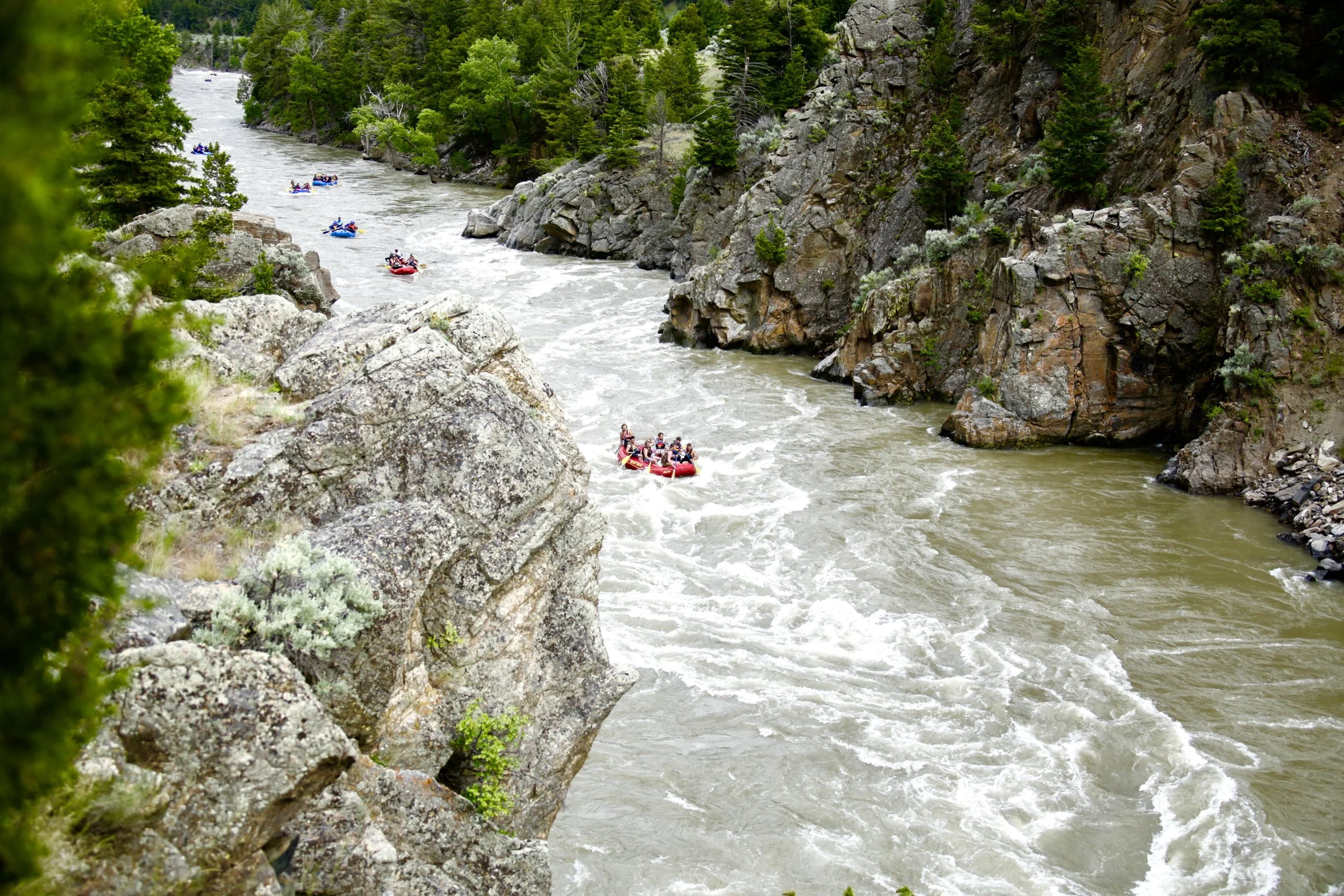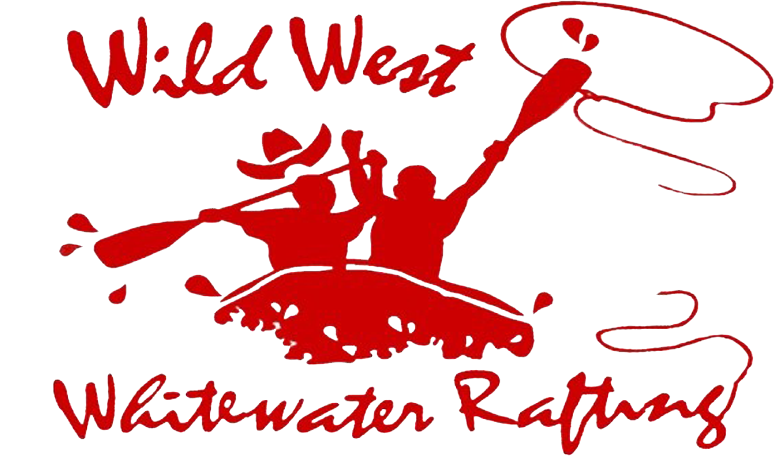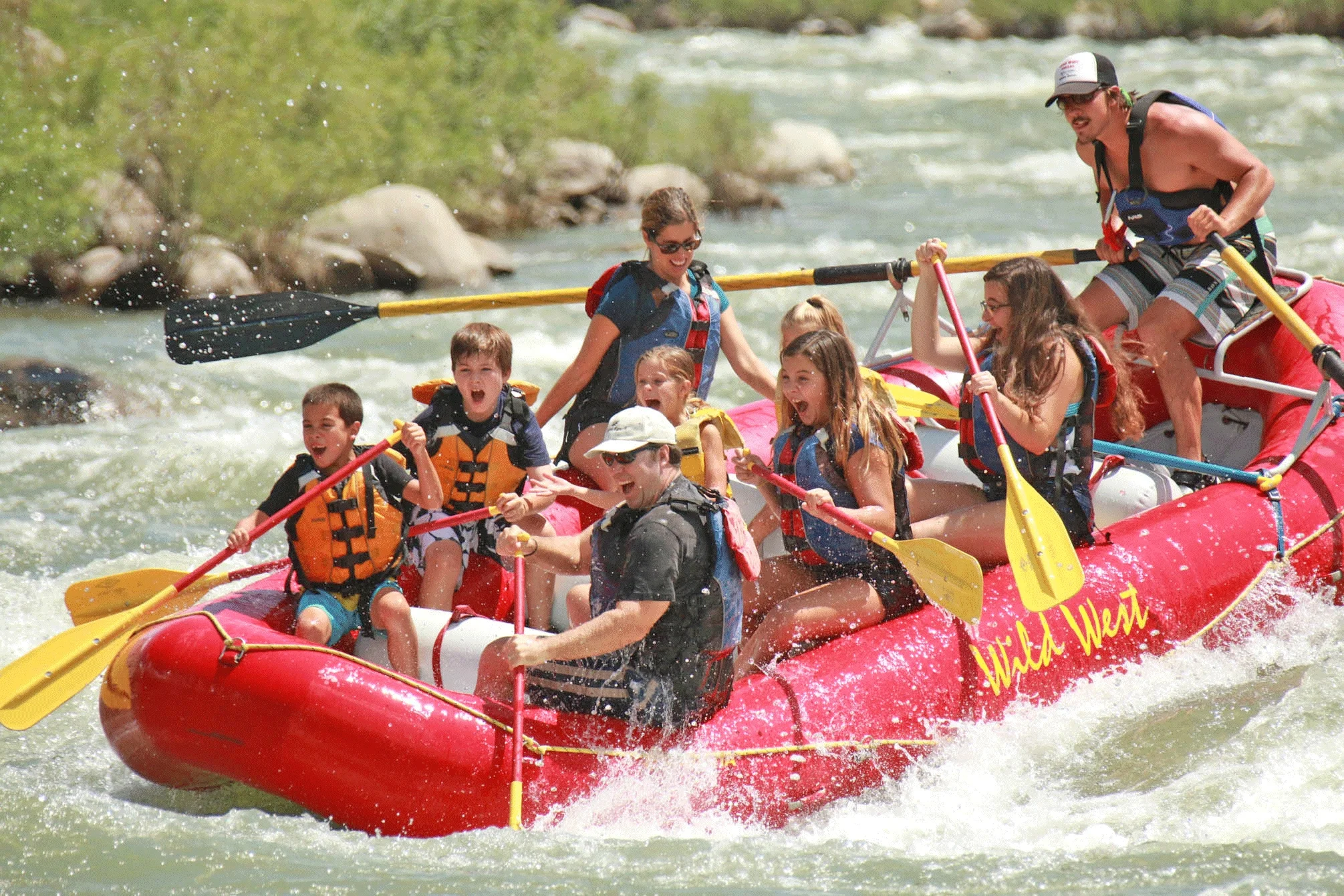
For many people here in Southwest Montana, including Gardiner, Bozeman, and Paradise Valley areas, the river is a way of life. There are many reasons we are drawn to the river. For our admiration of its grandeur and beauty, for our occupation and livelihood, and for some its for sheer fun and recreation. Fly fishermen and whitewater enthusiasts are some of the major drivers behind this passion for the river. While we are spoiled with lots of amazing rivers and bodies of water in the great state of Montana; there’s no river quite as magnificent as the Yellowstone River (in my biased opinion). So we wanted to share this piece on why the Yellowstone River has been so important to its surrounding residents for many years.
Geography
The Yellowstone River is roughly 700 miles long. It begins in Northwestern Wyoming, coming off the continental divide where the South and North fork of the river meet. After draining out of Yellowstone Lake it flows North through Yellowstone National Park. It continues North out of the park, through Gardiner all the way to Livingston. This is the most beautiful portion of the Yellowstone River in my opinion. It descends out of the park, meandering between the Absaroka and Gallatin Mountain Ranges through Paradise Valley. Here you can find awesome whitewater rafting through the town of Gardiner and Yankee Jim Canyon, as well as some of the best fly fishing in the country. From Livingston, the Yellowstone River breaks east towards Billings, MT across the Great Plains. After its long journey and the addition of four tributaries; the Yellowstone River merges with the Missouri River in North Dakota. From there all of this water will eventually find its way to the Gulf of Mexico. The Yellowstone River is the last free flowing river in the lower 48. This means the river does not have a dam and is flowing in its natural state unobstructed by man. This supports ecological function, natural resources, tourism and many other environmental services. As so many rivers in the world are being dammed it is crucial that we preserve and protect rivers like the Yellowstone.
History
It is believed that the Yellowstone Rivers name is derived from an Indian word and named after the yellow colored rocks in the Grand Canyon of the Yellowstone River. The Yellowstone River first established human importance with transportation for Native American tribes such as the Crow, Sioux and Cheyenne. The rivers transportation use greatly helped these tribes with hunting and trade. Once gold was discovered in the late 1800’s in the Dakota’s the dynamic of the river and its surrounding area forever changed. Miners and settlers utilized the Yellowstone River for trade, transportation and hunting. As more settlers came to the area, The Yellowstone River gained importance for its use with irrigation.The surrounding areas saw an increase in settlers and development of irrigation with the building of the Northern Pacific Railway in the 1880’s. These areas became a major site for Native American and Settler conflict. The banks of the Yellowstone River have continued to see change and development over the many years. Aside from its irrigation purposes and various watershed uses; the Yellowstone River provides great public enjoyment both with tourism and private recreation.
Today
With the growing popularity of Yellowstone National Park; the Yellowstone River has been providing us with world class whitewater, recreation, and general adventure activities. It has become a destination site in the Greater Yellowstone area for out of staters and locals seeking adventure for the whole family. Raft the Yellowstone through the fast paced, class II & III whitewater through the town of Gardiner. Or, take it up a notch and whitewater raft through the giants in Yankee Jim Canyon. For the less adventurous folk, scenic floats through Paradise Valley by raft or SUP are always a popular weekend adventure. Just don’t get in the way of the fly fishermen! If you are looking to master an art form or just trying to find an excuse to cut out of work early on a Friday afternoon; fly fishing the trout rich banks of the Yellowstone is the perfect activity. The Yellowstone River is considered a blue ribbon trout stream and for approximately 200 miles, offers world class fly fishing. So come see for yourself why the Yellowstone River is such an important and incredible place to so many of us!



